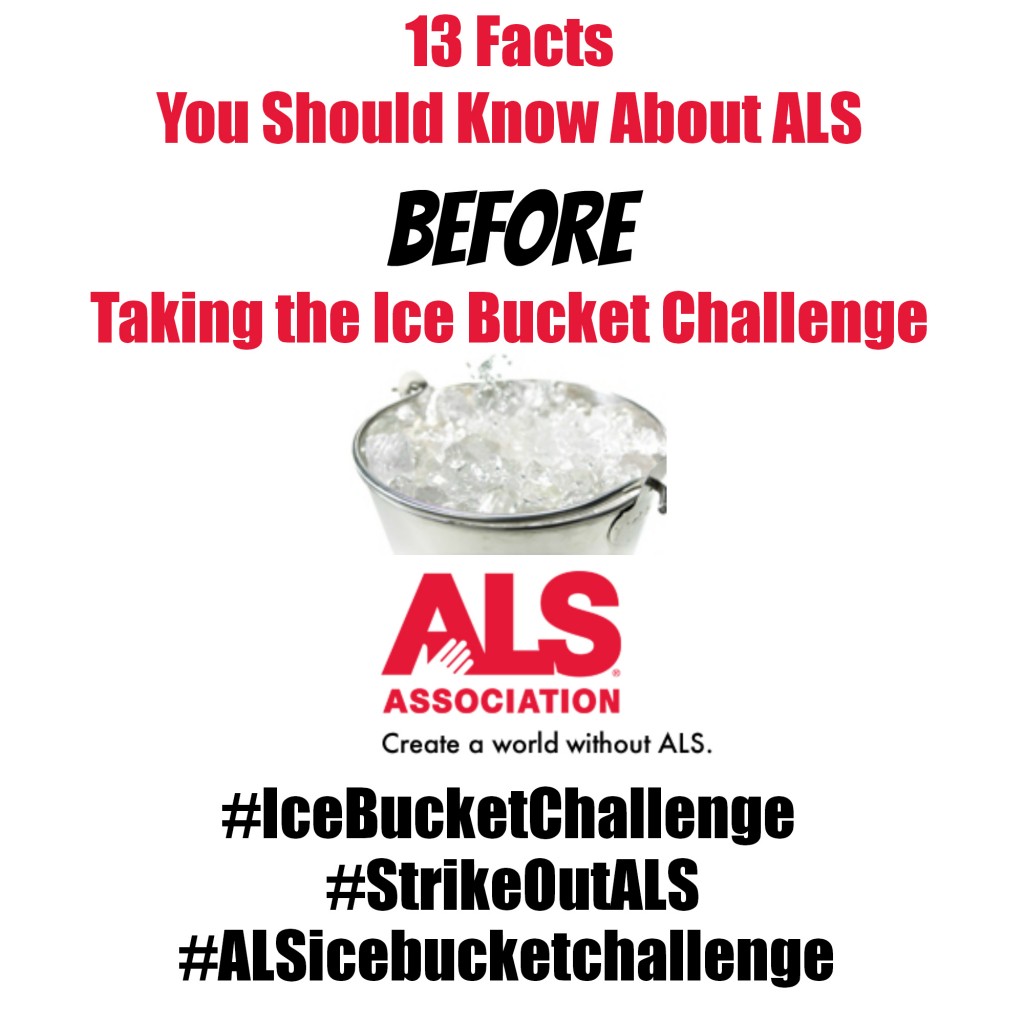By now, the Ice Bucket Challenge phenomenon has taken over your Facebook feed. There’s no escaping the hundreds of videos starring your loved ones dumping gallons of ice cold water on their heads.
Perhaps peer pressure compels people to experience an avalanche of ice water or maybe they were moved to take action after witnessing the horrific effects of ALS on their loved ones. Nonetheless, the #IceBucketChallenge is definitely a fine example of social media gone viral on steroids.
Through the efforts of the #IceBucketChallenge, the ALS foundation has received record donations reaching $41.8 million as of August 21. As reported by the New York Times, “More than 739,000 new donors have given money to the association. That’s more than double the $19.4 million in total contributions the association received during the year that ended Jan. 31, 2013, according to a filing with the Internal Revenue Service.”
But it had me wondering, how many of my friends were challenged and opted to dump ice cold water on their heads rather than donate money?
Inevitably, I was tagged twice to take the ice bucket challenge and I declined. I did however donate the amount of money stated in the challenge and doubled it. As an advocate for breast cancer, lung cancer and epilepsy, I am passionate about educating people and building awareness for these causes.
Dumping ice water on heads certainly created awareness for ALS and spotlighted a disease often overshadowed by other life-threatening diseases, but did the #IceBucketChallenge campaign really educate the public about this crippling, horrific disease?
Therefore as an advocate, I decided to educate and build true awareness about ALS.
Thirteen Facts You Should Know About ALS Before Dumping a Bucket of Ice Cold Water on Your Head
1. ALS (Amyotrophic Lateral Sclerosis) often referred to as “Lou Gehrig’s Disease,” is a progressive neurodegenerative disease that affects nerve cells in the brain and the spinal cord.
2. ALS claims its victims with a progression of weakness, wasting and paralysis of the muscles of the limbs and trunk as well as those that control vital functions such as speech, swallowing and later breathing generally follows.
3. ALS is not contagious.
4. It is estimated that ALS is responsible for nearly two deaths per hundred thousand population annually.
5. Approximately 5,600 people in the U.S. are diagnosed with ALS each year.
6. The incidence of ALS is two per 100,000 people and it is estimated that as many as 30,000 Americans may have the disease at any given time.
7. The life expectancy of an ALS patient averages about two to five years from the time of diagnosis. About twenty percent of people with ALS live five years or more and up to ten percent will survive more than ten years and five percent will live 20 years.
8. There are people in whom ALS has stopped progressing and a small number of people in whom the symptoms of ALS reversed.
9. There can be significant costs for medical care, equipment and home health caregiving later in the disease
10. ALS can strike anyone, any race, ethnicity or socioeconomic status.
11. Most people who develop ALS are between the ages of 40 and 70, with an average age of 55 at the time of diagnosis. However, cases of the disease do occur in persons in their twenties and thirties.
12. There are three classifications of ALS: Sporadic, Familial and Guamanian. Sporadic, the most common form of ALS in the United States, makes up 90 – 95% of all cases and Familial (genetic dominant inheritance) accounts for a very small number of cases in the United States, approximately 5 – 10% of all cases.
13 . ALS is 20% more common in men than in women; however with increasing age, the incidence of ALS is more equal between men and women.
*Facts and statistics borrowed from ALS.org*
However since video seems to be the more effective medium these days, here’s the one #IceBucketChallenge video you should really spend time watching.
Learn more about ALS and how you can help here or donate to ALS.org to fund research and alleviate the heavy medical costs mentioned above here.

